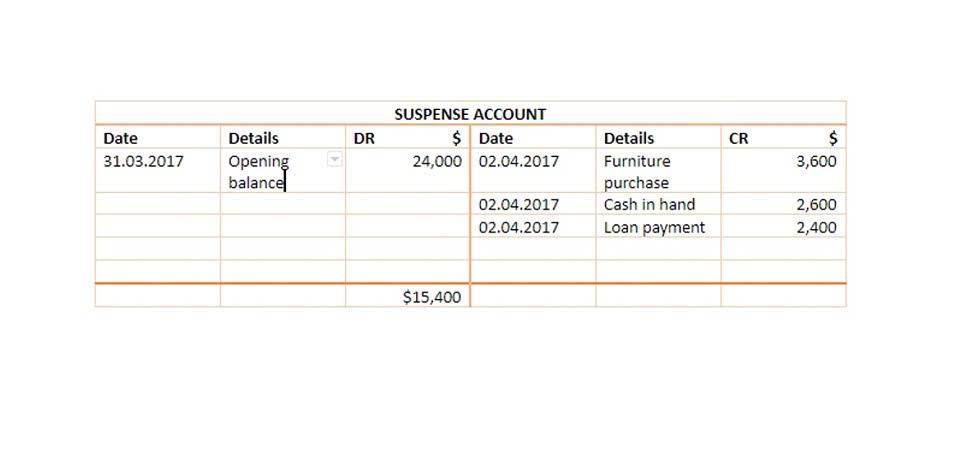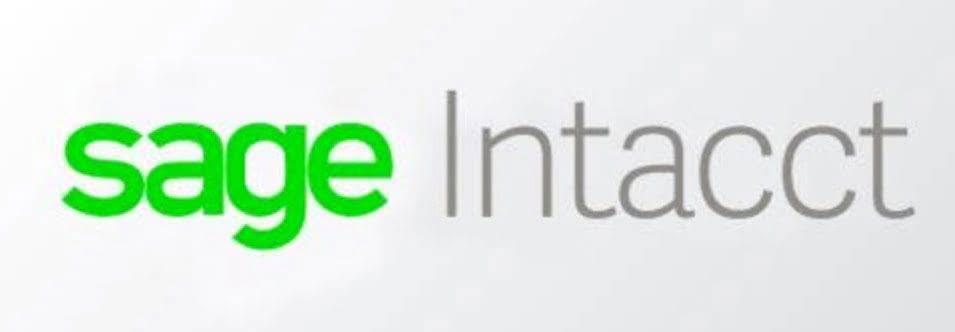Bookkeeping
A Contractors Guide to AIA Billing

Put those two factors together and it’s easy to see how the construction billing process can get quite complex. Using the right construction billing methods is crucial for the success of any construction business. Proper invoicing practices help ensure timely payment and contribute to overall financial management, building client trust and providing legal protection. The success of any business depends on using the appropriate construction billing method. The AIA billing process stands as a beacon of clarity and efficiency in the realm of construction payments. By embracing this systematic method, construction professionals can mitigate disputes, enhance transparency and ultimately propel projects towards successful completion.
Ensure invoices are clear and accurate
A GC will send a payment application to the owner along other documentation providing evidence to the labor, time, and materials they are billing for. Retainage (or retention) is a percentage of your payment that the GC or owner will hold until the project or job is complete. The contract should provide details about the retainage percentage, which typically falls somewhere between 5–10%. In this article, we explore the construction invoicing process, including how to prepare an invoice or pay application and best practices for billing. To ensure a smooth and effective construction billing process, it’s important to follow best practices that promote accuracy, efficiency and transparency.

Lump Sum Completion Percentage (AIA-Style)
The advantage of this billing method is that the contractor can earn a higher profit margin, which can benefit projects with high uncertainty or complexity. Additionally, clients can have greater confidence that the contractor is not cutting corners or taking shortcuts to reduce costs. Effective billing practices help build trust between the construction company and its clients. The construction company can demonstrate its professionalism and commitment to transparency by providing detailed invoices and clear payment terms. Selecting the appropriate billing method is not a decision to be taken lightly.
Construction Progress Billing: Keeping the Cash Flowing
You also might consider offering an incentive for paying cash, which means you won’t have to pay fees to any payment processors, such as a credit card company. Keep reading to learn https://www.bookstime.com/ How to Build a Construction Payment Schedule to protect your cash flow. For construction firms, effectively managing financial statements is an important building block for success.

Main Construction Billing Methods Which Is Right for You?
The fee may be calculated as a percentage of the total contract cost or a fixed fee set at the beginning of the project. Owners may offer contractors financial incentives to keep costs low to minimize the uncertainty of cost-plus contracts. And if you’d rather not handle billings at all, hiring an accountant either part-time or on staff can be a worthwhile expense. I worked with a project manager who was very non-confrontational, and wasn’t timely tracking down change orders from subcontractors.
What is a construction invoice?
Traditionally it has been a form of progress billing using AIA forms, although now it also can refer to progress billing using other means. With this option, clients are billed for completed portions of the project. It’s typically used for projects that will be completed over a longer period of time, and the invoices are based on the percentage of work completed. This guide has highlighted the important role of clear, accurate construction invoices in managing projects and nurturing client relationships. Having an effective invoicing process makes your financial transactions smoother, which in turn bolsters your business’s credibility and trust with clients. Easy-to-understand invoices are fundamental in establishing sound financial practices and nurturing strong, trust-filled client relationships.
Time and Materials billing method
- Before billing, the contractor should break the work into a schedule of values to identify what to bill against.
- Achieving full visibility into your invoicing process is effortless with Billing Link®️.
- According to the National Construction Payment Report 2020, a survey of 540 construction professionals concluded that approximately 50% of construction contract professionals received payments on time.
- Indeed, it’s a system that requires detailed record-keeping and clear communication.
- Using the right software can drastically improve your construction billing process.
- This can result in uncomplete plans, unclear payment schedules, and underdeveloped project scopes.
- It’s typically used for projects that will be completed over a longer period of time, and the invoices are based on the percentage of work completed.
It helps contractors with the billing portion of their contracts, making it easier and more efficient to manage invoices, payments and disputes. Time and material billing involves billing the client for the actual labor and materials used, plus a markup for the contractor’s profit. This method offers more flexibility than fixed-price billing, as it allows for changes in the project scope. However, estimating the total project cost can be challenging, and clients may feel uncertain about the final bill. With this in mind, we’ll help you make the right decision today by exploring the five main construction billing methods and highlighting their advantages and potential drawbacks. Additionally, we’ll discuss how our construction project management software can help streamline your billing processes, regardless of the method you choose.


By establishing a single source of truth for tracking costs, change orders, and compliance to ensure a faster, more efficient invoicing process. A contractor using guaranteed maximum price billing sets an upper limit to the cost of completing a construction project. Unlike lump sum billing, which allows contractors to keep additional profits if they manage to complete a project cheaper than expected, GMP billing allows the customer to keep the savings. In this way GMP can be seen as a medium ground between lump sum and time and materials billing. AIA Billing, officially referred to as AIA payment application documents, is a standardized billing requirement used in the construction industry. It is an invoice process used by construction companies to identify the scope of work and payment for a project.
- A percent-complete contract requires you to bill the percentage of the contract that is complete.
- As the name suggests, builders working under time and materials contracts, charge their clients based on the actual time spent on the project and the materials used.
- This method involves charging clients for each unit of work completed, such as per square foot or item.
- Here we’ll explain the different types of construction billing methods and how to tell which one is right for you.
- A cost-plus contract requires you to bill the costs you’ve incurred plus your mark-up per the contract.
- Some of the best practices for cost-plus billing imply that it is better to be combined with the Guaranteed Maximum Price.
Each method carries different risks and advantages for either side and should be consciously considered in negotiations. Project duration and stakeholders should also be considered in every contract when selecting a billing method. Back charges protect both you and the client in case of unforeseen circumstances, allowing construction invoice for recovery of costs. You might have to pay extra for site safety because of a condition the client forgot to mention, for example, or materials might be defective and you need to pay to replace them. Good billing practices starts with the initial patient call, and sets the stage for full reimbursement.


 新景觀房
新景觀房